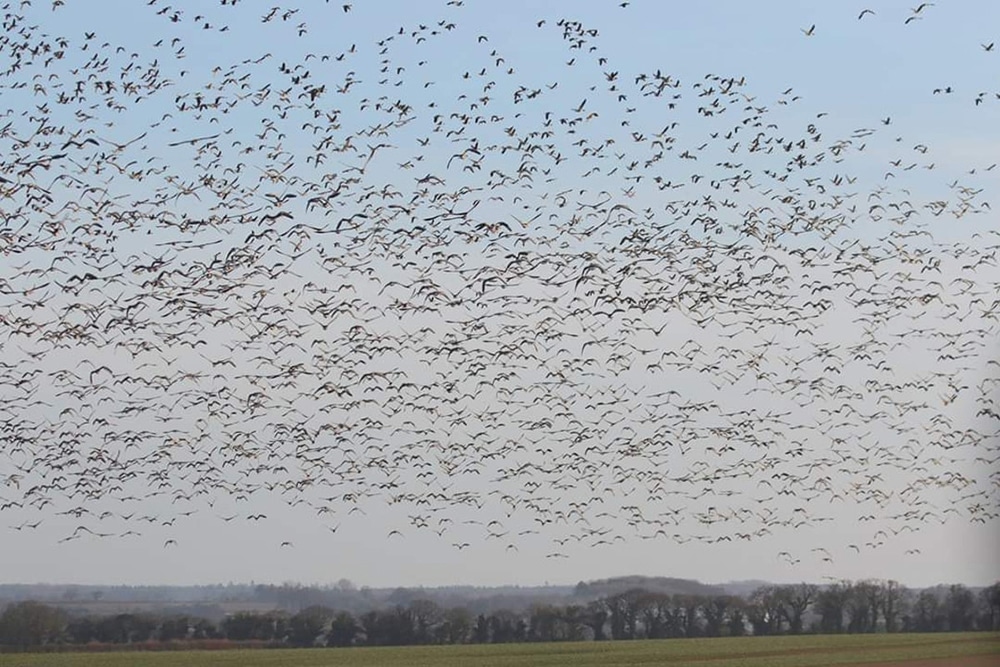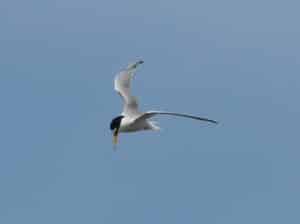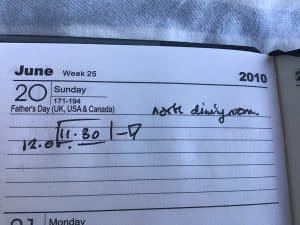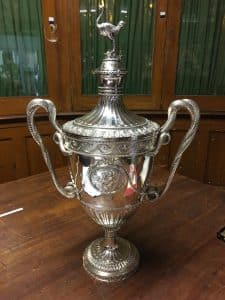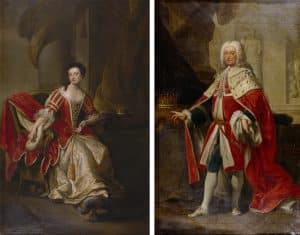The Big Farmland Bird Count 2020
April 16, 2020 | Holkhome | 6 minute read
Back in February, teams from all across the Holkham Estate, led by our expert Reserve Wardens took part in the GWCT Big Farmland Bird Count, a nationwide initiative which offers the means of recording the effect of any conservation schemes being carried out by farmers and gamekeepers on their land. This includes schemes such as supplementary feeding or growing wild bird seed crops and game cover crops. Launched in 2014, the count hoped to highlight the positive work being carried out to help reverse the decline in farmland bird numbers; It does, of course, also highlight areas for improvement.
Farmers and gamekeepers are vital in helping ensure the future survival of many of our most cherished farmland bird species such as skylark, corn buntings and wild grey partridges.
Last year, over 1400 farmers took part and recorded 140 species from across more than 1 million acres. Farmers from every county in England took part but Norfolk had by far the most returns, with 145 farmers completing the survey!
Last year at Holkham, we managed to survey a total of 48 separate farms, over 25,000 acres and count up to 102 species and a grand total of 28,000 actual birds.
This year saw 40 members of staff head out to complete their count and we estimate a recording of around 25,000 birds, of 92 species on 49 farms. One of the more unusual species recorded this year was a Lapland bunting.
I myself, leaving the marketing office behind for the afternoon, headed out with Andy Bloomfield, Reserve Warden and Lucy Downing, Head of Marketing to Warham. It was a great opportunity to explore parts of the estate I’d never seen, or even realised were part of Holkham!
Parked up on a grass verge at the edge of a field (which we believe to have been growing radish) and before we even started looking for birds, Andy told us about the importance of hedgerows and rough grass verges in farming. Hedgerows provide essential shelter for wildlife such as pheasants and partridges and also protect crops. The grass verges around fields provide further nesting cover for wildlife.
To begin with, despite Andy’s best efforts to keep our spirts up, Lucy and I were becoming increasingly disheartened having only spotted a few pigeons and common sea gulls, when out of nowhere, rose over 100 skylarks from the field! (see image above). Scrambling for our borrowed binoculars, Lucy and I were pleased to hear this was the biggest group counted on the Estate thus far, and quite an unusual sight these days! Andy found a recording of a Skylark call on his phone and told us they were easily recognisable for this alone.
Other than the impressive display from the Skylarks, we spotted a number of Red Kites swooping around a cluster of trees in the distance. The field was brimming with hares, darting to and fro popping their heads up from the crops every so often.
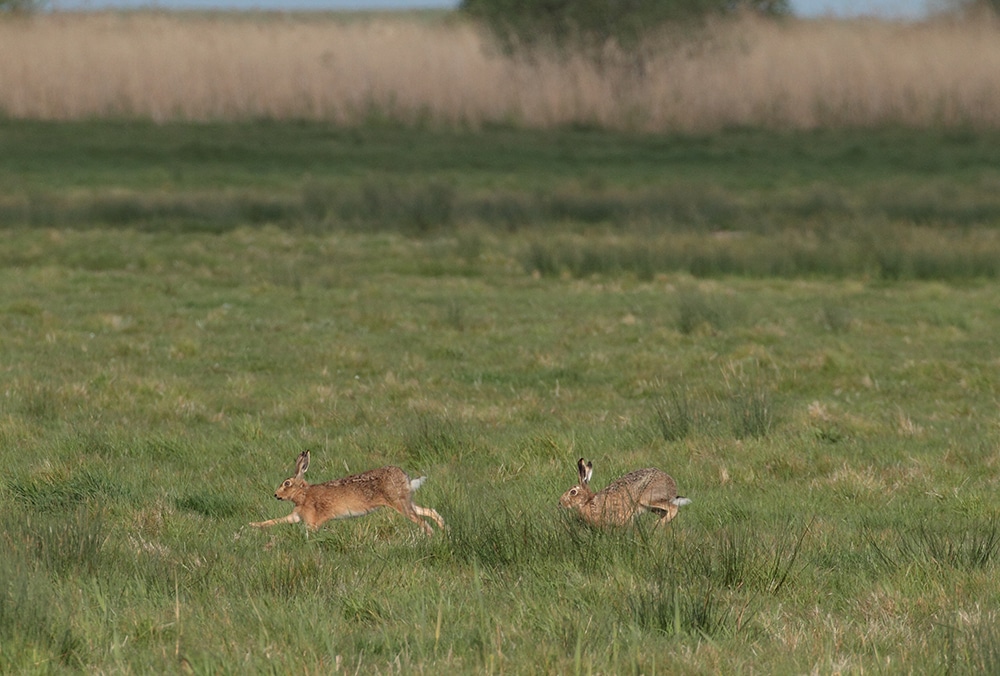
We spotted Hares too
As we approached our next field, we were amazed to see a small herd of Roe Deer; Andy informed us how it was unusual to see them in groups and as we turned the corner more and more deer came into sight. Eager to capture the moment, Andy reached for his long lens camera before the deer moved on…only to beep the horn with his elbow in all his haste! Low and behold the deer, we were so desperately trying not to disturb, ran off and we almost missed the shot!
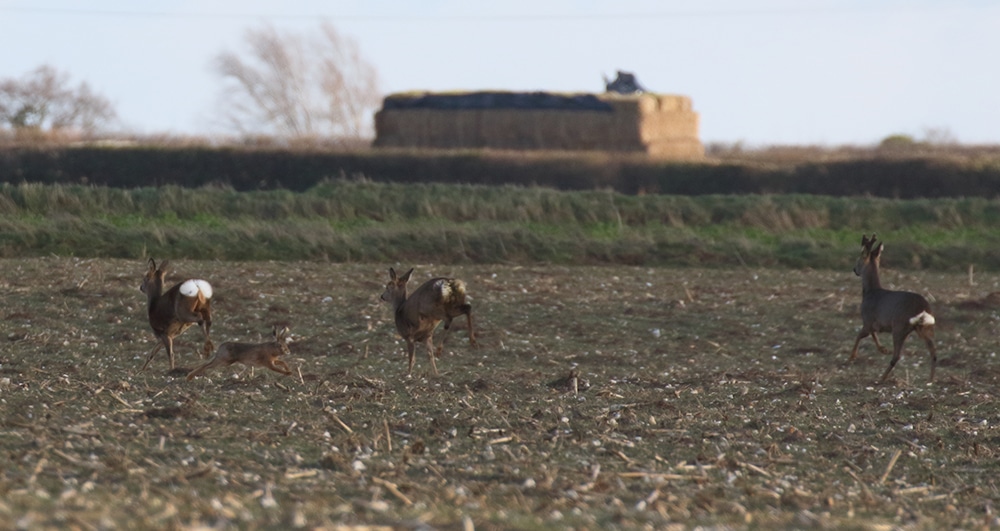
Roe Deer and Hare
Onto Warham Camp, our final field of the day we were lucky enough to see a pair of English Partridge to our left, and to our right a pair of French Partridge pottering about. Directly ahead of us we spotted two stock doves who kindly gave us quite a show, as the male courting the female, puffed out his chest and ducked his head up and down bowing.
My personal highlight, which turned out to be something and nothing, was what I spotted as we were leaving the farm… After yelling to Andy to stop! and look! I pointed out what I thought to be a very rare and elusive species. It turned out to be pheasant… but a melanistic pheasant at that; beautifully iridescent with a greenish-black plumage.
Lucy and I enjoyed a very insightful afternoon with Andy, and by the looks of it were very lucky with the weather compared to our colleagues. Here’s what a few of them had to say about their own experiences:
“Every day’s a school day! Fantastic and fascinating morning with Head Gamekeeper Mark chatting about landscape management from a gamekeeper’s point of view. We spotted a number of traditional, iconic farmland birds.” Sue, Education Manager
“Bit blowy, but a successful bird count with Mark, Laurane and Fiona today! We were at Thorpe reservoir and the Solar Farm, Egmere.” Laura, PA to Lady Leicester
“Bit of a wash out today but great to see Warham Camp for the first time. Thanks Andy!” Alex, Head of HR
“Thanks, Paul, for the chance to accompany you!” Dea, Walled Gardener
“Can I thank the NNR team for coordinating this and all of those that took part. We are so proud of our Natural Environment at Holkham we are very lucky to live and work in such amazing place.” Jake, General Manager of Conservation
We are looking forward to seeing this year’s official results and see how Norfolk fared against other UK counties.
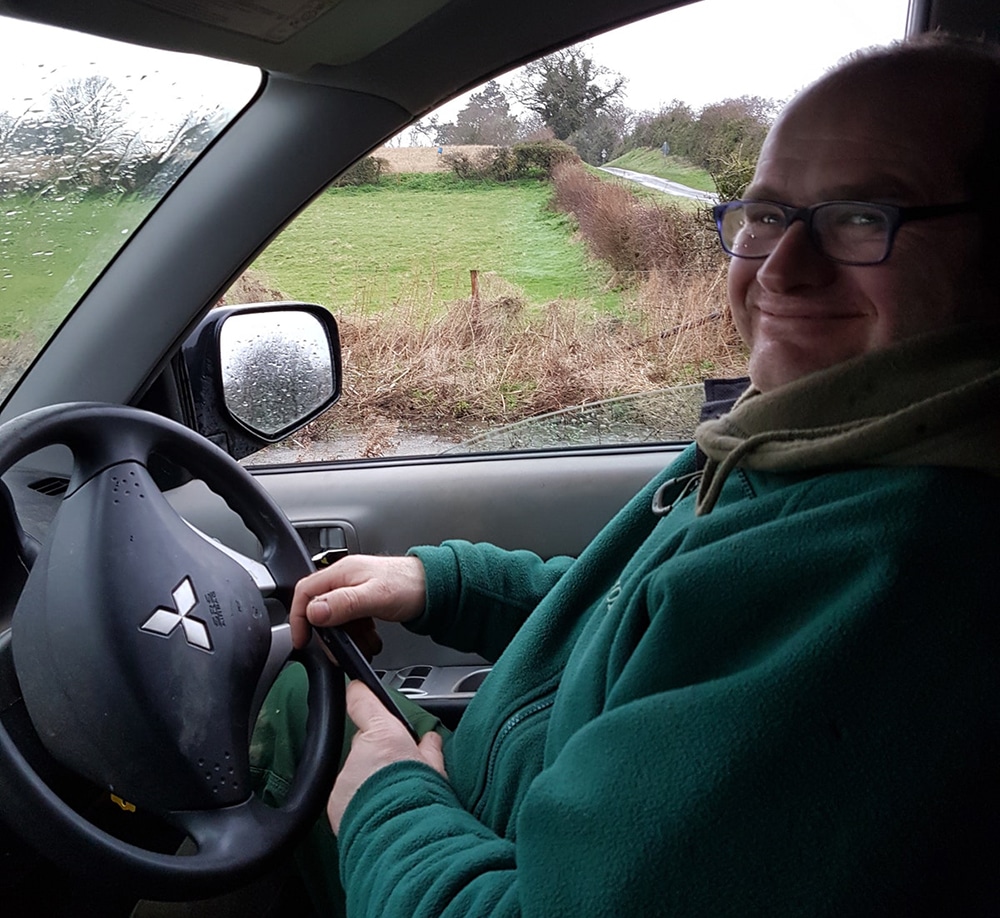
Thanks Andy and all the team!
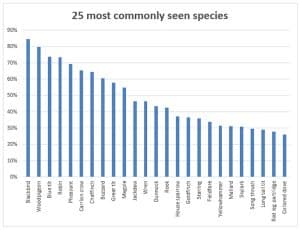
2019 results
View all latest blog posts here.
Back to Journal Back to Journal